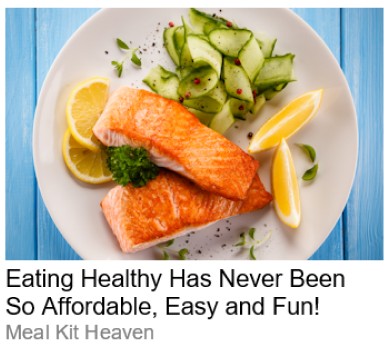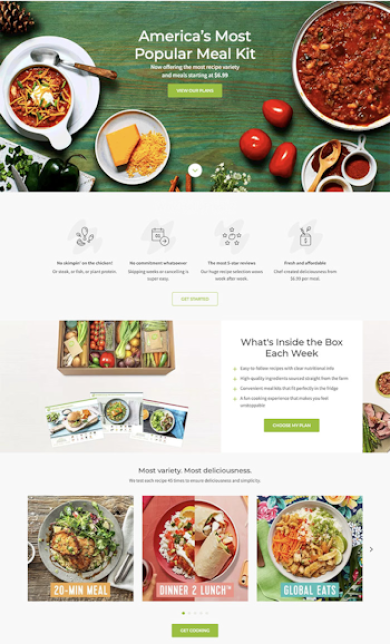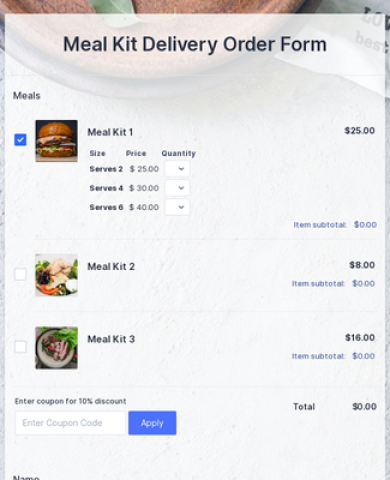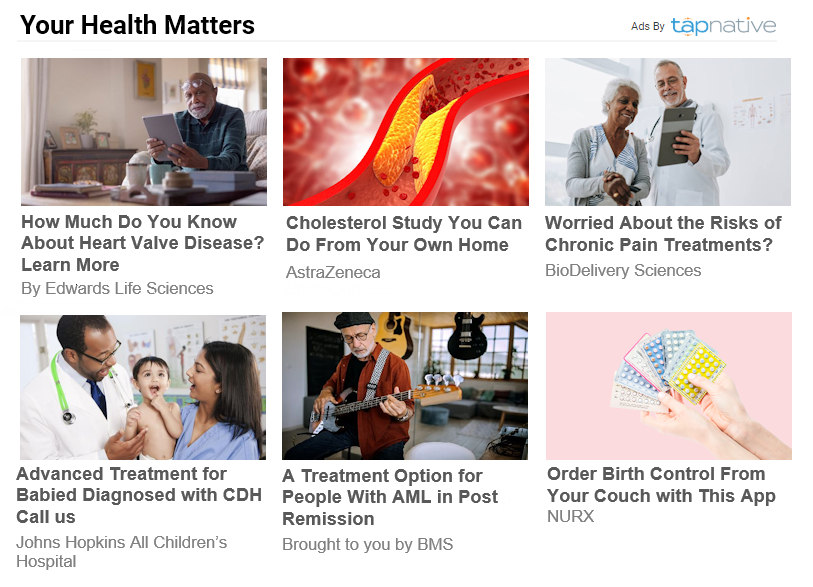How do you calculate your maximum cost per acquisition (CPA)?
If you are a performance focused marketer, you’re likely less concerned with tactics like branding and metrics like ad viewability. CPA focused marketers are often most focused on bottom line cost per acquisition metrics. A conversion or acquisition is any desired action the Web marketers is trying to achive and include users filling out a lead form, registering for an online event, signing up to a newsletter, making a onetime purchase or signing up for a recurring service. The formula for deriving cost per acquisition (CPA) is usually straight forward and looks something like this:
Total cost of the media: $1000
Total conversions: 12
Cost per conversion formula: $1000 / 12 = $83.33
The CPA for our hypothetical marketer in the above scenario is $83.33. Some marketers add other costs associated with administering their campaign including technical fees and other expenses including employee salaries, ad agency fees etc. The 2 most common questions most marketers ask themselves is:
1. How can I achieve the lowest CPA with high scale?
2. What is the highest CPA I am willing to pay at scale?
The 2 questions are one in the same because when you understand online media at scale you know that the larger the scale, the higher the CPA. CPAs are different for every advertiser, every campaign, and every channel. We work with clinical trials recruiters who are delighted to see CPAs of $1500 to get 1 user to participate in specific types of clinical trials. We also have marketers of small ticket products like vitamins and supplements whose CPA goal can be no greater than $12.50 per purchase. Most CPA focused marketers are using cost per click (CPC) pricing models and often use unbranded, content style, native advertising as the vehicle. In the case of Tap Native those 3 elements apply; the targeting is health focused and contextual meaning that ads for allergy medications can be targeted to appear in article about allergies. Ultimately each part of your sales funnel will determine the CPA.
Each stage of your campaign should be optimized to ensure maximum conversions. A/B testing ad creatives and targeting is typically half the formula. Because native ads are often just image+text, creating many ad variations is easy and fast and can be tested quickly and rather inexpensively. Ideally marketers should create different types of ads which speak to and communicate different message points and have different targeting criteria based on their intended audience. The Tap Native dashboard will very quickly detail how those ads preformed which will give you indications about what audiences respond to most. This will allow you to optimize and refine the campaign by pausing what’s not working and iterating on what is working. Your landing pages are the other key ingredient to optimizing CPAs. Your ads and landing pages should be optimized separately but they are not separate. If the ads feature women and the landing page features men, you may be sending mixed messages. If the landing page is simply an order form without any additional information, you will likely see a high bounce rate. Most of the most successful campaigns we have seen share a similar user experience which look a lot like this:




